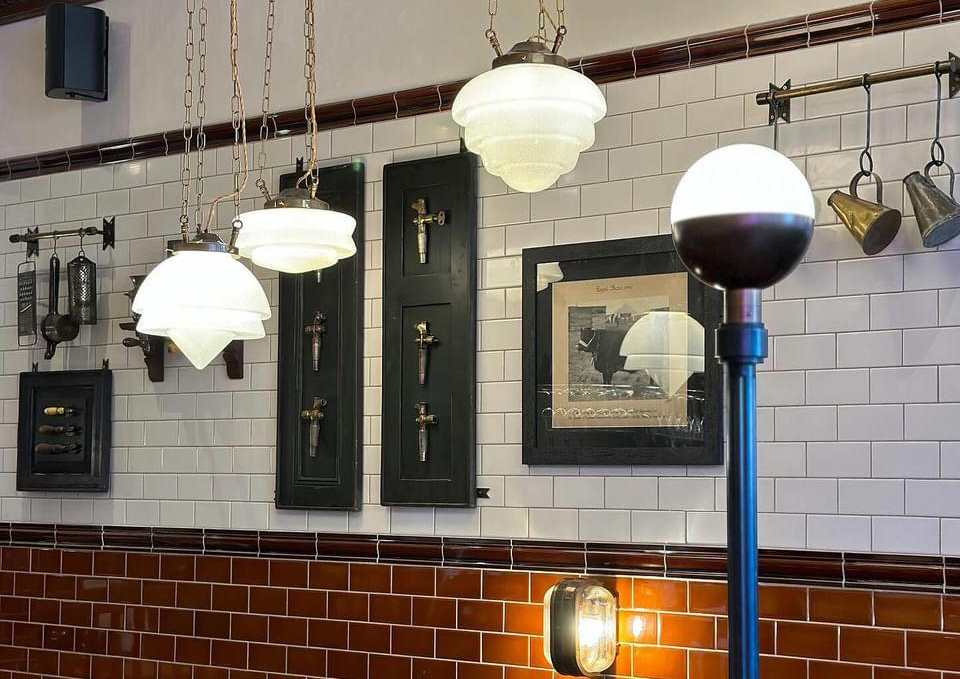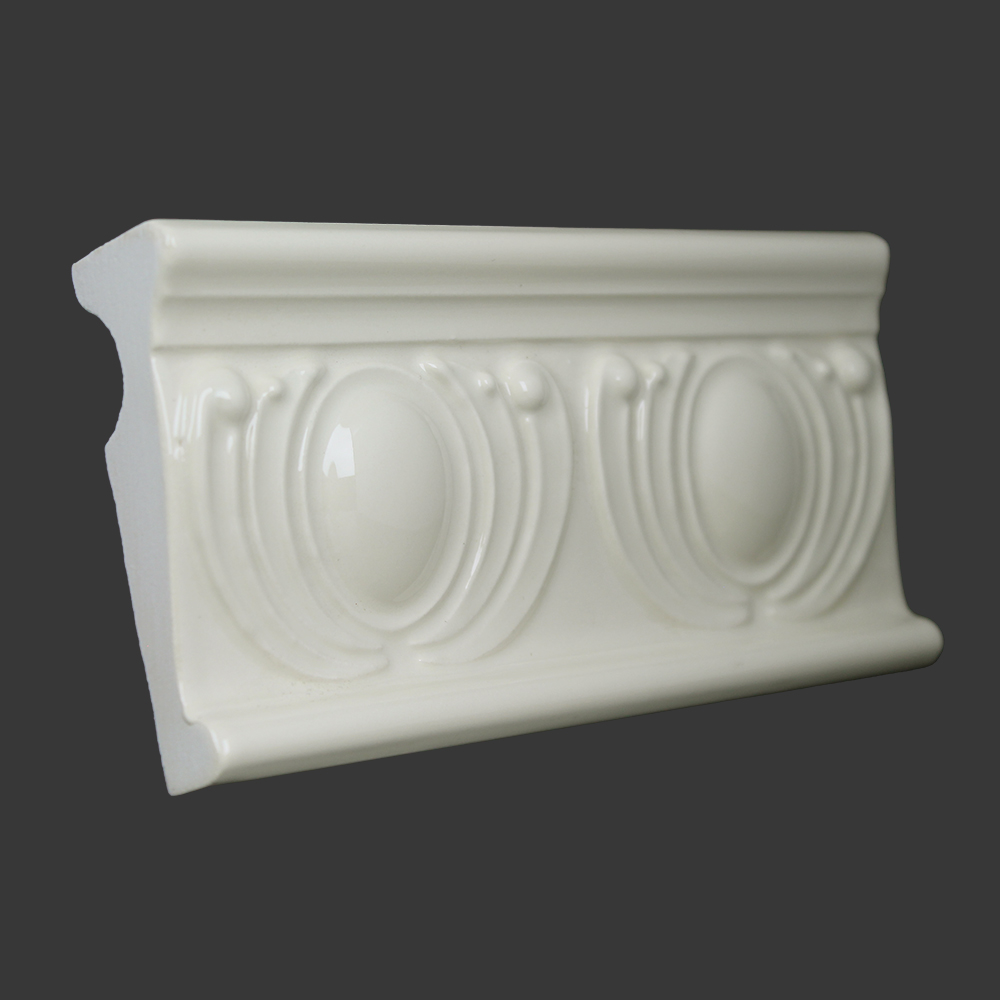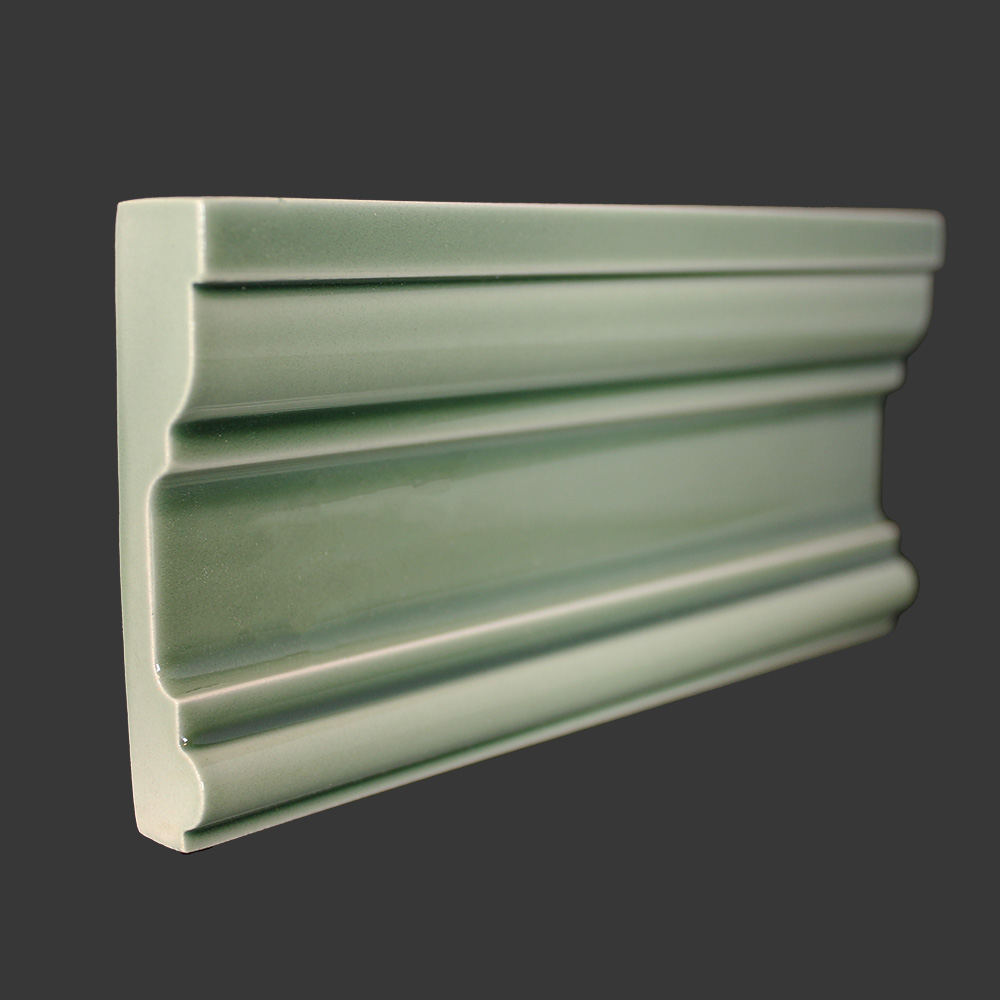Blog
Creating a Statement: Feature Wall Ideas with Victorian Tiles for Restaurants
In the world of restaurant design, every element contributes to the ambiance, experience, and overall success of the space. For architects and interior designers working on commercial projects, creating a memorable dining environment is key to elevating a brand and ensuring customers keep coming back. One of the most impactful ways to add elegance, character, and an inviting atmosphere is through feature walls—and Victorian tiles are a perfect solution for this purpose.
Whether a restaurant is aiming for a modern twist on classic décor or a fully vintage aesthetic, Victorian tiles offer versatility, texture, and historic charm. Let’s explore creative ways to incorporate these embossed beauties into stunning feature walls that captivate guests and complement a restaurant’s identity.
1. A Grand Entrance: Victorian Tile Feature Walls in Entryways
The entrance of a restaurant is the first impression, and it sets the tone for what guests can expect inside. A feature wall crafted from intricate Victorian tiles creates an immediate sense of grandeur and warmth. Architects can use tiles with bold geometric patterns, richly embossed florals, or even custom shades to match the restaurant’s branding.
By integrating period-specific colours—like Burgundy, Midnight Blue, and Inca Gold—along with contemporary lighting, the tiled feature wall in the entryway becomes both a conversation starter and a visual guide, drawing customers into the space with a sense of history and sophistication.
Tip: Consider using tiles with glossy finishes for a reflective, eye-catching effect, especially when paired with soft, warm lighting.

2. Bar Beauty: The Perfect Setting for Victorian Tiles
Bars and beverage stations are natural focal points within a restaurant, and a feature wall behind the bar or in front of the bar is an excellent place to showcase Victorian tiles. A detailed tile wall adds texture and depth to an area that’s often highly visible, making it both functional and decorative.
For a high-end restaurant or cocktail bar, rich, dark tiles with metallic accents can offer a luxurious, moody vibe. For a more casual eatery, consider lighter, pastel-coloured Victorian tiles, with embossing that catches the light, creating a subtle elegance that doesn’t overpower the rest of the interior design.
Design Idea: Incorporate contrasting grout colours to emphasize the patterns and textures of the tiles, creating a visually dynamic feature wall.
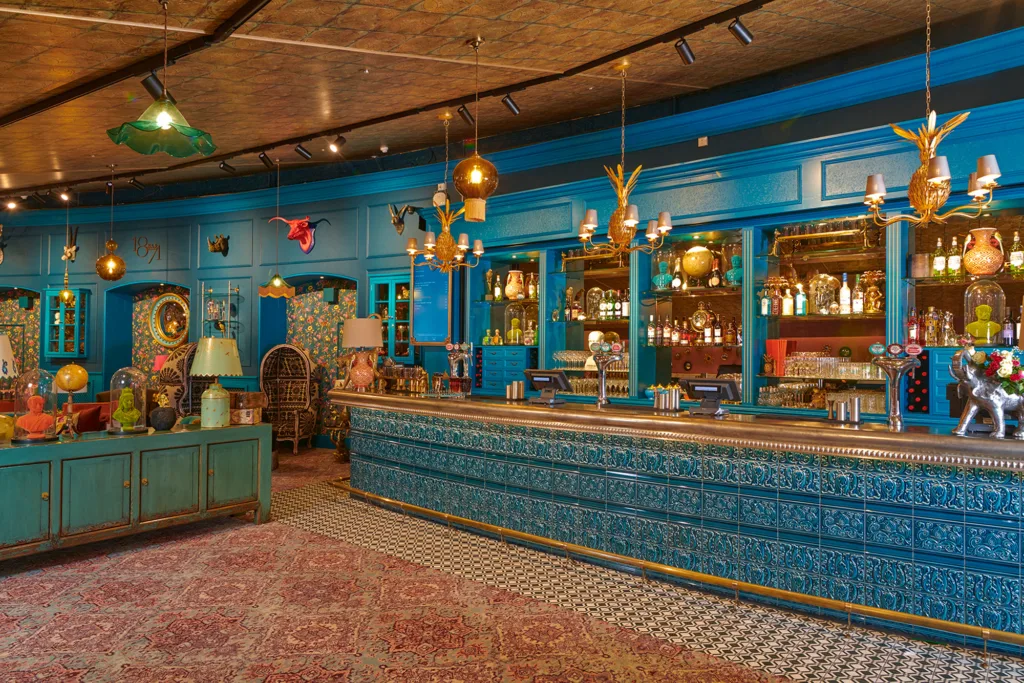
3. Dining Areas: Elevating Guest Experience with Victorian Tile Accents
A feature wall in the dining area can completely transform the dining experience. Victorian tiles can be used to create a striking backdrop for key areas such as a booth seating wall, or as a divider between different sections of the restaurant. Their intricate designs help break up the monotony of large wall spaces while adding layers of visual interest.
For a contemporary restaurant, Victorian tiles in softer, neutral shades like Magnolia (Left), Periwinkle (Middle), or Celadon (Right) can offer subtle elegance without overwhelming the space. On the other hand, for restaurants that embrace eclectic or bold design themes, mixing colourful Victorian tiles with playful, patterned motifs can create an energetic, lively atmosphere.
Tip: Combine tiled feature walls with complementary materials like wood panelling, brass fixtures, or velvet upholstery to enhance the texture and depth of the overall design.
4. Creating Depth with Tile Insets and Niches
For a more understated but equally impactful feature wall, consider using Victorian tiles within insets or niches, rather than covering an entire wall. This approach is perfect for restaurants aiming to incorporate classic design elements without committing to a large expanse of tiling.
By framing tiles within a recess, designers can create a natural focal point, highlighting the area with creative lighting, such as uplighting or recessed spotlights. This is particularly effective for areas near booths, intimate dining nooks, or even as a decorative background for art or signage.
Design Idea: Use a mix of embossed and flat tiles to play with depth and texture, creating a tactile experience for diners.
5. Victorian Tiles as Artistic Installations
Who says tiles are just for walls and backsplashes? When working with Victorian tiles, consider them as pieces of art in their own right. Feature walls that act as tile “art installations” can be created by combining tiles of different patterns, shapes, and colours into a cohesive design that tells a story or evokes a specific atmosphere.
For instance, using a variety of tiles to create a mosaic-style feature wall can become a signature element in the restaurant’s design. Custom, hand-painted tiles that incorporate the restaurant’s logo, motifs, or elements from the local culture can also be seamlessly integrated into a Victorian tile wall, providing a personalized touch.
Tip: Plan tile arrangements carefully to avoid overwhelming the space; balance the busyness of the pattern with more neutral surroundings, like solid walls or muted furniture.
6. Bringing the Outdoors In: Victorian Tiles in Patio and Garden Areas
With the growing popularity of outdoor dining spaces, using Victorian tiles to create an outdoor feature wall brings a level of elegance that is often unexpected in exterior areas. These tiles are not only durable enough for outdoor use when frost treated, but also offer a timeless, garden-inspired aesthetic when paired with greenery, natural stone, or even modern outdoor furniture.
For restaurants with garden patios or rooftop terraces, Victorian tiles with nature-inspired motifs—like florals or vines—are ideal for enhancing the natural surroundings, while adding a sense of refinement and charm. A Victorian tile feature wall can serve as a beautiful backdrop for al fresco dining, seamlessly blending the indoors with the outdoors.
Design Idea: Use Victorian tiles in conjunction with modern materials like concrete or steel to create a balanced contrast between old-world charm and contemporary chic.
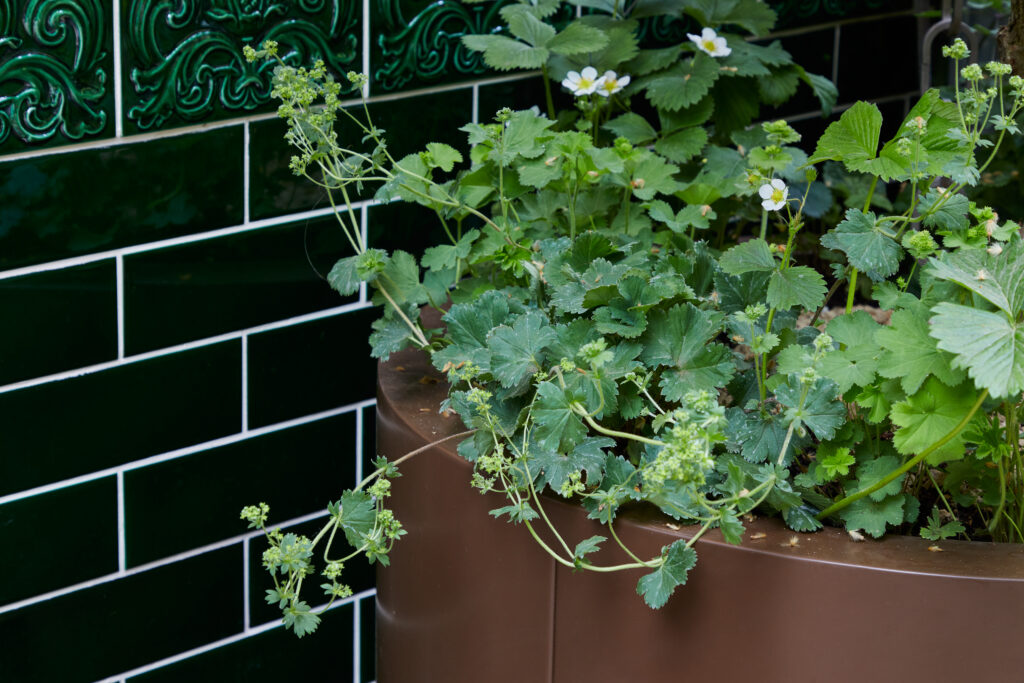
Conclusion
For architects and interior designers working on commercial restaurant projects, Victorian tiles offer endless possibilities for creating show-stopping feature walls. Their versatility in pattern, texture, and colour makes them suitable for a wide range of restaurant styles, from sleek and modern to rich and traditional.
By incorporating Victorian tiles in entryways, bar areas, dining spaces, and even outdoor patios, you can help restaurant owners achieve the perfect blend of elegance, history, and character. These tiles don’t just beautify—they tell a story, adding depth and a sense of timelessness to any restaurant space.
As a designer, let your creativity shine through these elegant feature wall ideas, bringing classic design into modern spaces and making every restaurant project a true work of art.

